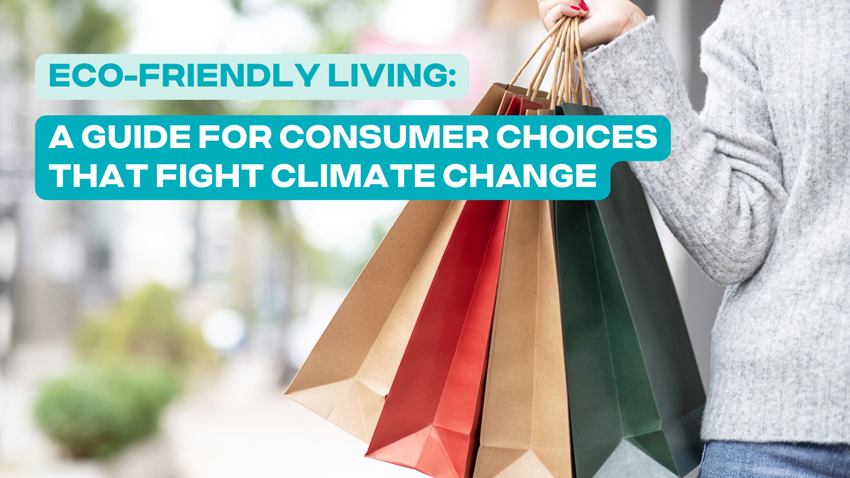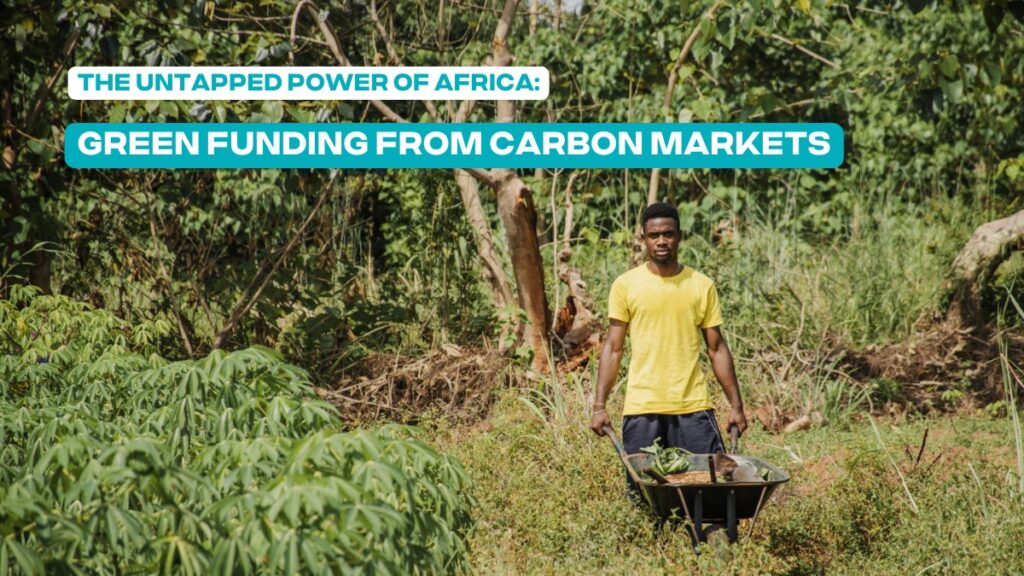Climate change, the war against Ukraine and Russia, and a broken food system are adding pressure to the battle against hunger. Millions of lives in developing areas, such as the Horn of Africa and Yemen, are threatened by starvation and malnutrition as Ukraine, one of the largest global providers of wheat, corn, and sunflower has cut off its connections to the global food supply.
As of July 12, governments in more than 20 countries have responded to the emerging food crisis by making export restrictions on agricultural goods in an effort to protect their food security. According to the United Nations Development Programme, 71 million more people have plunged into poverty as food prices continue to soar since Russia invaded Ukraine. Among those greatly affected are countries that are unable to grow their own sufficient food supplies and remain heavily dependent on humanitarian rations, such as the Balkans, sub-Saharan Africa, and the Caspian Basin.
How is climate change or global warming linked to the global hunger crisis?
Several studies forecast that the food crisis will continue to worsen as the Earth continue to warm. India, the world’s second-largest provider of wheat, has made a wheat export ban after an intense and prolonged heat wave hit the country in March and April and scorched their yields. Malaysia, on top of facing a grain feed shortage, has also made export restrictions on its poultry products as their hens are producing fewer eggs in the extremely hot weather. As such, we see a clear causation of how climate change is affecting agriculture at a fundamental level.
Farmers experience the effects of climate change, as rainy seasons become more unpredictable, and droughts are lasting longer. Freshwater is also scarcer due to the rising sea levels, cyclones, storm surges, and other extreme weather events.
“The full impact of climate change will make the Ukraine crisis’s impact on food prices look like kindergarten,” says Enock Chikava, the interim director for agricultural development of the Bill & Melinda Gates Foundation. “We are already living in a one-degree warmer world, and we are already seeing more pests, more droughts, more heat. If we continue on this trajectory, to 1.5°C or even 2°C, all hell will break loose.”
Hunger soared in 2021 to affect 828 million people – #SOFI2022.
— Enock Chikava (@EnockChikava) July 6, 2022
This shocking rise demands action. One essential step we can take is to invest in small-scale family farmers that supply most of the food in regions hit hard by hunger. https://t.co/5j1rrbTLxH pic.twitter.com/kEARXElt5m
Climate-related shocks such as extreme weather events will become more frequent and severe with global warming. This, in effect, will further threaten food production, the health of our livestock, the livelihood of farmers, and worsen the global hunger crisis even further. So, what can we do about it?

1. Increase Agricultural Productivity
“Agriculture has to be part of the solution to climate change and the solution for food security,” said J. Erik Fyrwald, CEO of Syngenta Group. Innovation technologies and regenerative techniques are made to improve agricultural productivity, these techniques include crop rotation and land covering during the winter for better spoil protection, and more yield using less fertilizer. The main objective is to grow more food on less land, and to shift the focus from organics towards increasing productivity whilst reducing emissions.
2. Unleash Africa’s Potential
Improving global food security has a wildcard: Africa.
Currently, Africa faces many challenges in achieving agricultural productivity. Strengthening Africa’s local food systems, climate resilience, and resource-use efficiency will benefit the whole world. Africa has the world’s largest remaining tracts of arable land that can be used for cultivation and agricultural ecosystems. Honing Africa’s potential to feed itself and become a strong global food provider not only improves the lives of the world’s poorest but can also massively lessen the global hunger crisis.
Africa faces another challenge: post-harvest losses. Approximate one-third of Africa’s food production is lost after harvest due to poor storage and infrastructure. To improve Africa’s contribution to global food security, the world needs now more than ever to begin investing in Africa’s transport infrastructures, storage facilities, food processing equipment, and irrigation.
3. Improve Crop Yields
Due to the effects brought about by climate change, the world’s soil and farming lands are not as fertile as they used to be and cannot produce as much food. Some governments and agricultural institutions have made programs and strategies to close the yield gap such as sustainable agricultural intensification methods like land improvement and soil management.
4. Work Towards Combating Climate Change
More frequent and intense weather events such as storms, floods, and droughts are directly linked to increased food insecurity. The impacts of climate change are not only severely affecting our lives, it plays a huge role in the production of our food. Food is the most basic human need, therefore, protecting our oceans, soils, and animals means protecting our lives.
Making Sure Everyone Eats
Tackling the global hunger crisis goes hand-in-hand with tackling climate change. A future with a much healthier world is still possible, and it is now time to take your next sustainable step: calculating and reducing your personal carbon footprint.
Head over to our Lifestyle Carbon Footprint Calculator to find out the best solutions to manage your sources of emissions. Find a Financial Adviser via our online directory, where you can get help from a local adviser or based on your relevant needs.




